It’s important to engage young people in ways that are safe, fun and lead to a genuine impact. But it can be hard to know where to start.
That’s where the Youth Engagement Toolkit comes in. The Toolkit makes sure government departments and agencies have what they need to engage with young people. It also outlines how the Office for Youth can help Australian Government officials undertake youth engagement.
Curious? Read on!
A Toolkit for the Australian Public Service
The Youth Engagement Toolkit has heaps of practical guides to help government departments and agencies work with young people.
That way, the government will be able to embed the experiences of young people when making policies and programs designed for them.
In the Toolkit you will find:
- 8 guides full of advice and support
- templates, handouts, checklists, planners … and more.
The Toolkit is a ‘living resource’ which means that it will be updated frequently by the Office for Youth.
Next step? Read through the Toolkit! Choose a guide to begin:
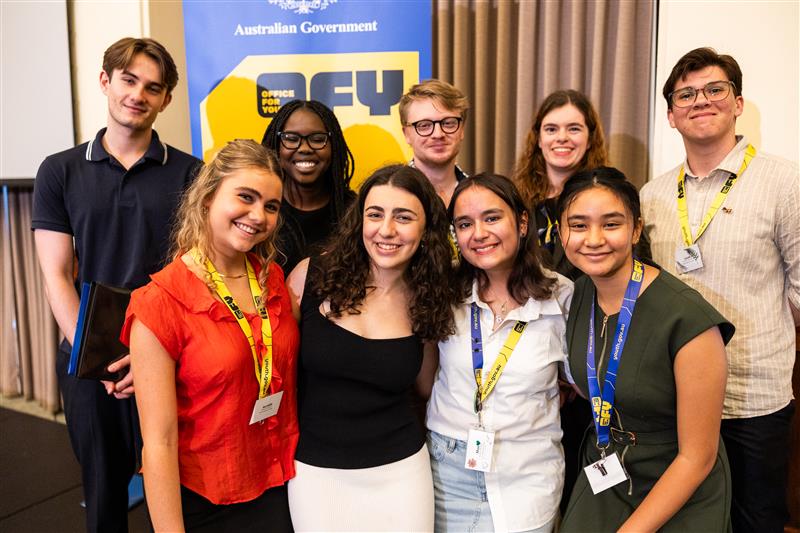

Guide 1: Toolkit introduction
Get started with learning about youth engagement with our toolkit introduction.
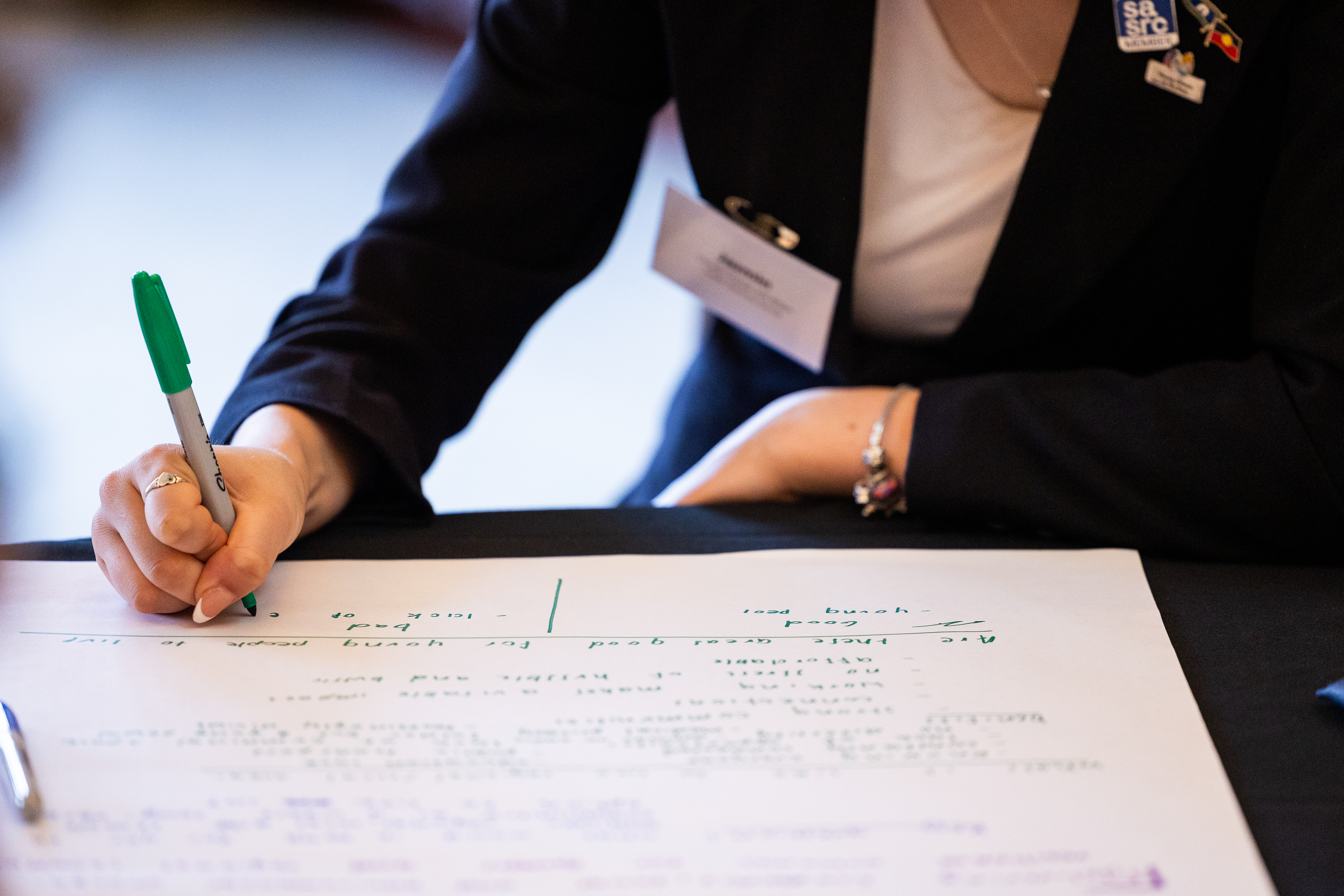

Guide 2: Getting into the right mindset
Having the right mindset is key to engaging with young people. This guide will help you build trust and start planning your engagement.
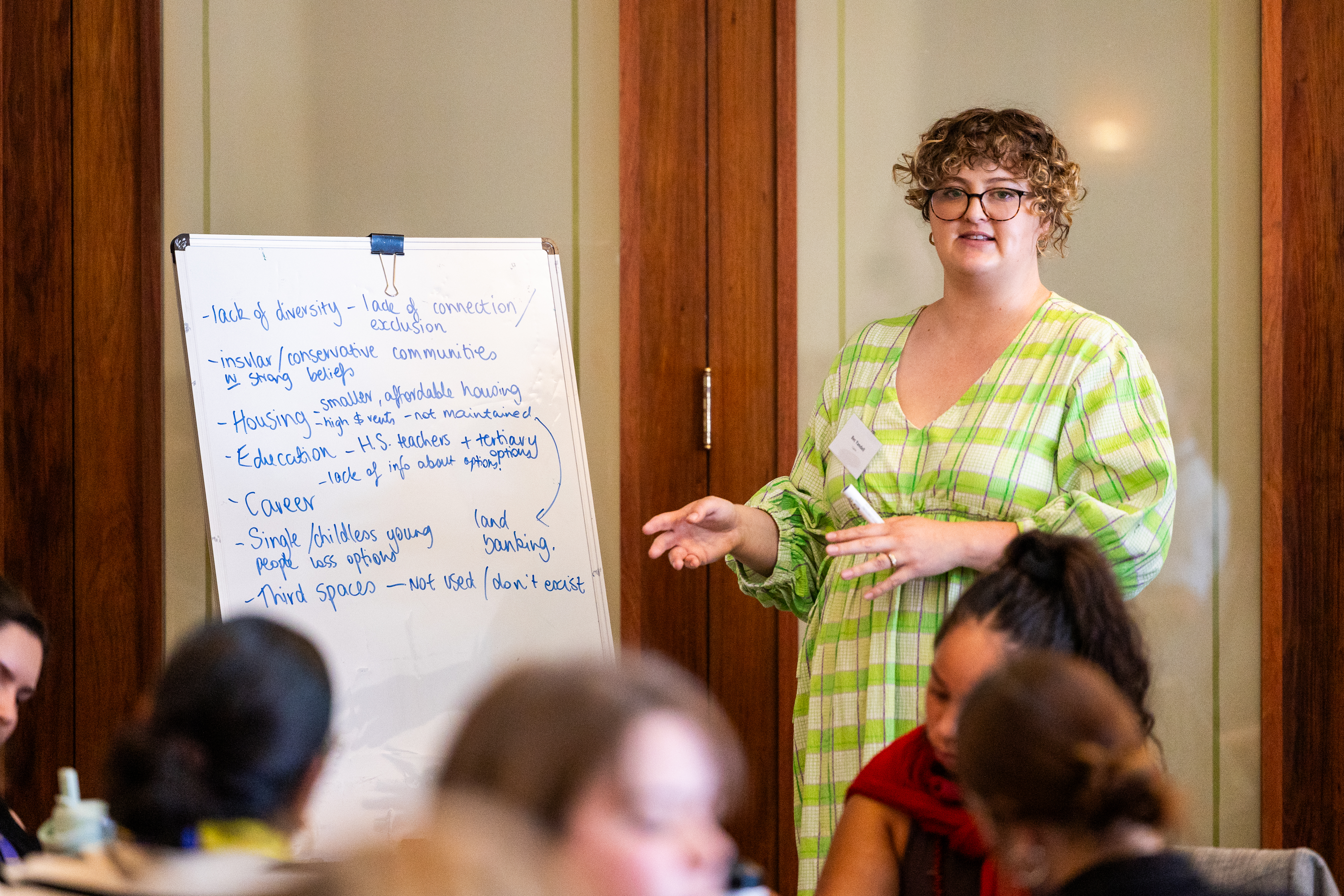

Guide 3: Preparing to engage
You’re ready to begin preparing your engagement. This guide has all the tools to help you define your goals and identify skills you’ll need.
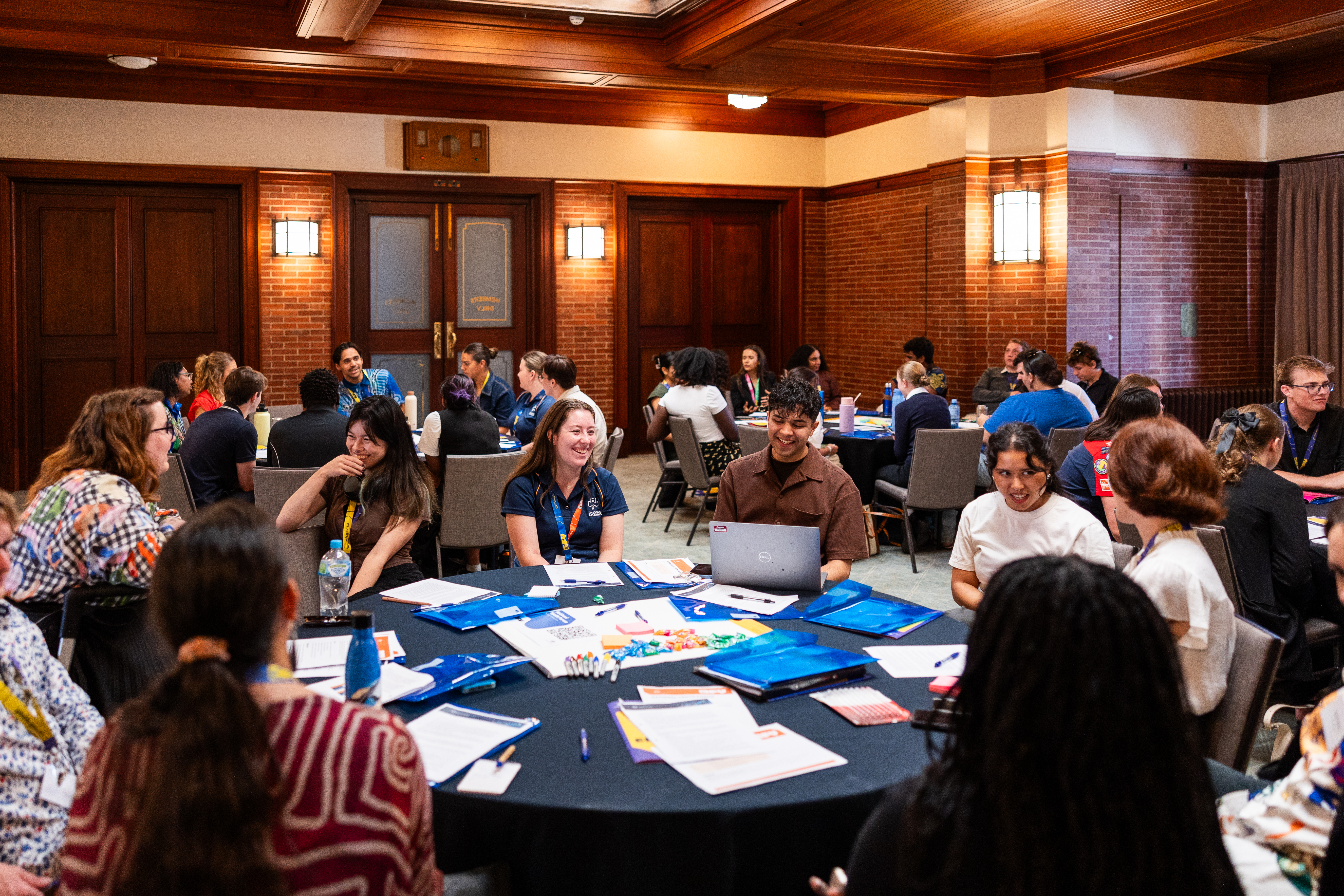

Guide 4: Building skills for impact
This guide will help you consider how your engagement will create opportunities for young people to build their skills and participate meaningfully in policy making.
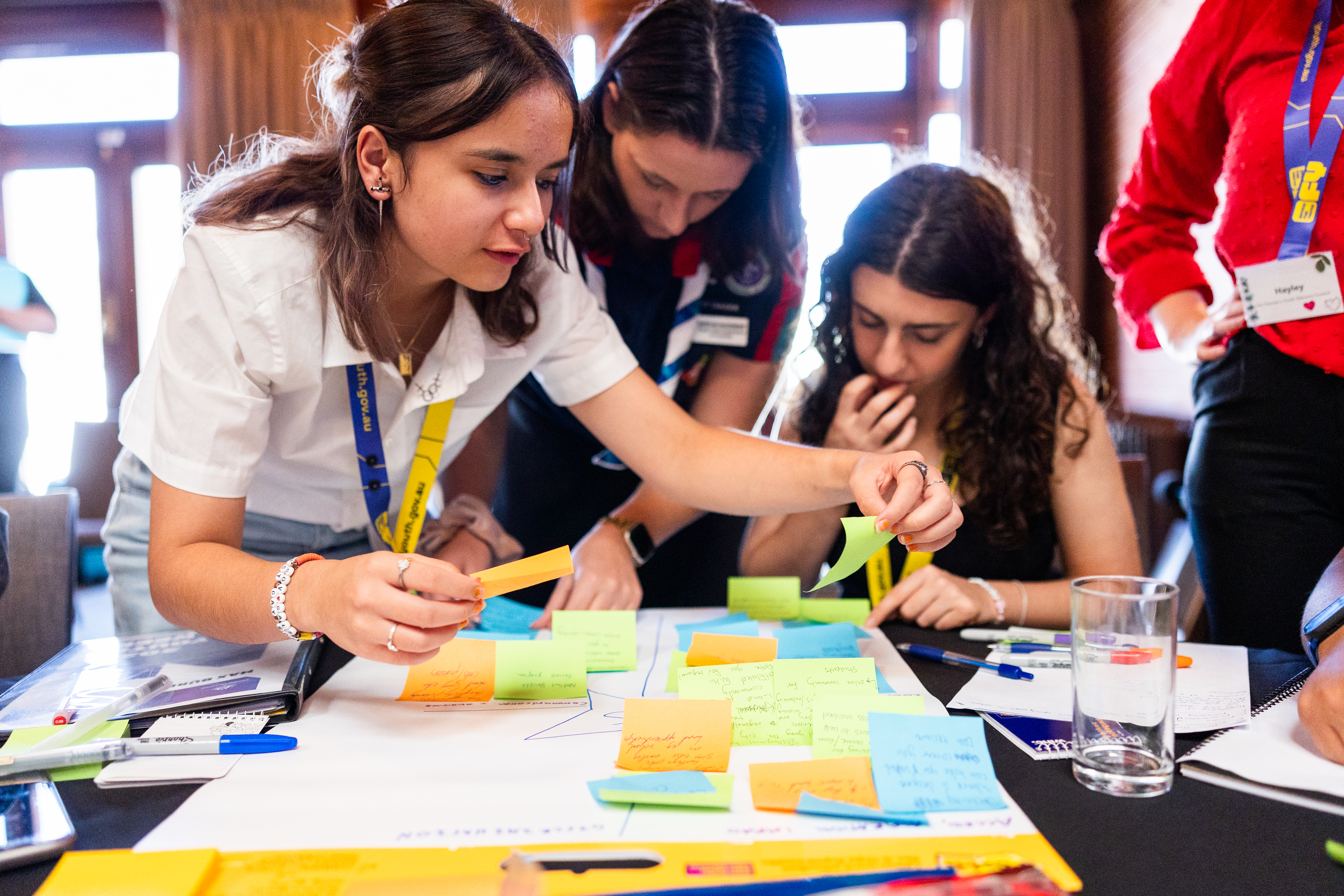

Guide 5: Ways to engage young people
Learn about the different types of engagement and their benefits in Guide 5.
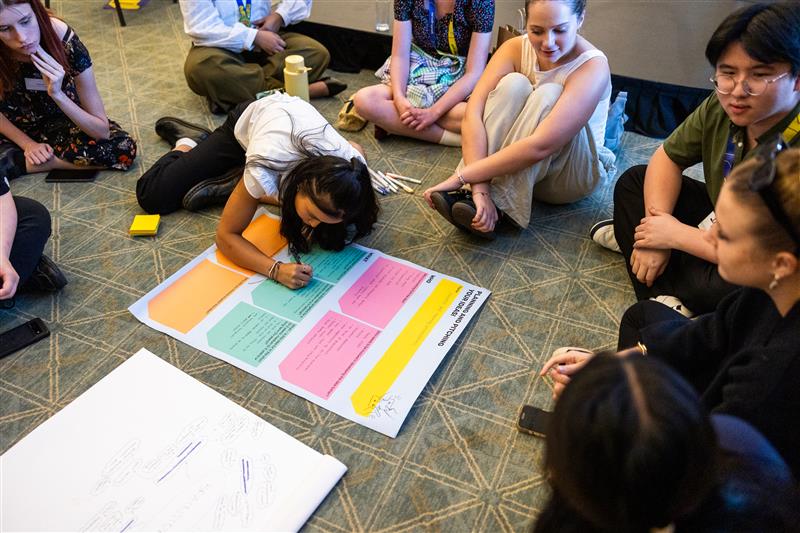

Guide 6: Safe and ethical engagement
It's important that opportunities for young people to get involved with the Australian Government are accessible, safe and supportive. Guide 6 has resources to help you.
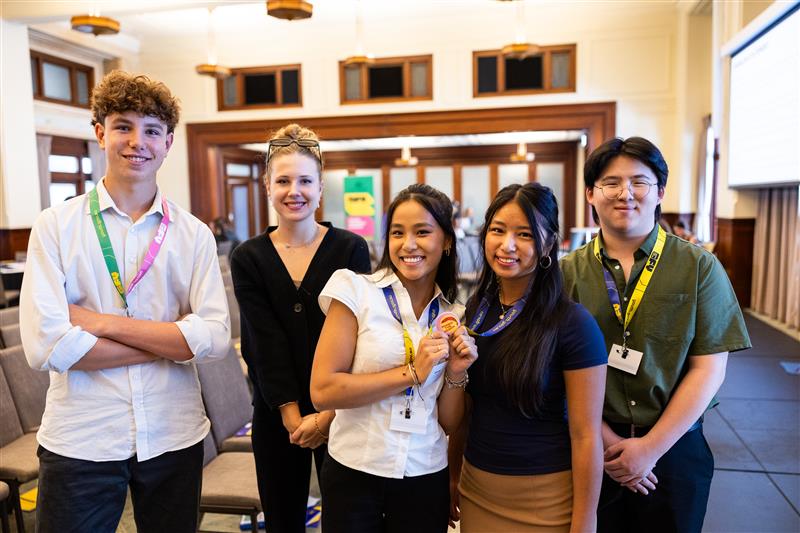

Guide 7: Celebrating contributions and closing the feedback loop
Celebrating the contributions the young people make ensures meaningful and impactful youth engagement. Use Guide 7 to help plan how you celebrate and close the feedback loop.

Guide 8: Tracking impact and outcomes
Guide 8 helps make sure young people are not just involved, but that their work is being measured and valued.
Acknowledgments
A lot of people helped us make this toolkit. We’d like to thank them all.
Thank you to the Young and Resilient Research Centre for supporting the development of the first version of the toolkit.
Thank you also to all the organisations, Australian Public Service officials and young people who helped by providing their experiences and perspectives along the way.
We are particularly thankful for the Youth Steering Committee. We recognise all their contributions to the toolkit and their commitment to the success of its implementation going forward.